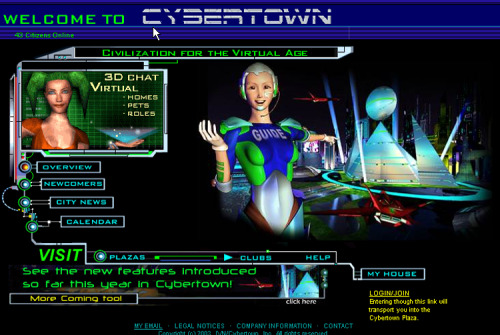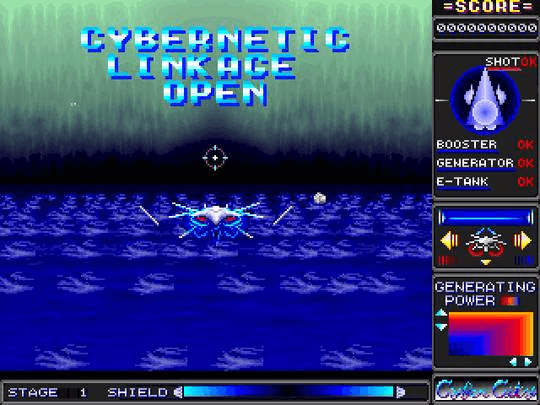

The council later gives rise to the industry-wide Entertainment Software Rating Board, which is still used today to rate video games based on content. In response to the violent game (as well as congressional hearings about violent video games), Sega created the Videogame Rating Council in 1993 to provide descriptive labeling for every game sold on a Sega home console.

The early- to mid-1990s saw the release of a wealth of popular games on both consoles, including new franchises such as Street Fighter II and Mortal Kombat, a fighting game that depicted blood and gore on the Genesis version of the game.


In 1991, Nintendo released its 16-bit Super NES console in North America, launching the first real “console war.” With its technological superiority to the NES, clever marketing, and the 1991 release of the Sonic the Hedgehog game, the Genesis made significant headway against its older rival. The First Console WarĪlso in 1989, Sega released its 16-bit Genesis console in North America as a successor to its 1986 Sega Master System, which failed to adequately compete against the NES. Over the next 25 years, Nintendo would release a number of successful successors to the Game Boy, including the Game Boy color in 1998, Nintendo DS in 2004, and Nintendo 3DS in 2011. In 1989, Nintendo made waves again by popularizing handheld gaming with the release of its 8-bit Game Boy video game device and the often-bundled game Tetris. Third-party developers released many other long-lasting franchises, such as Capcom’s Mega Man, Konami’s Castlevania, Square’s Final Fantasy, and Enix’s Dragon Quest (Square and Enix would later merge to form Square Enix in 2003). Nintendo, a Japanese company that began as a playing card manufacturer in 1889, released a number of important video game franchises still around today, such as Super Mario Bros., The Legend of Zelda, and Metroid.Īdditionally, Nintendo imposed various regulations on third-party games developed for its system, helping to combat rushed, low-quality software. The NES had improved 8-bit graphics, colors, sound and gameplay over previous consoles. The video game home industry began to recover in 1985 when the Nintendo Entertainment System (NES), called Famicom in Japan, came to the United States. Lasting a couple of years, the crash led to the bankruptcy of several home computer and video game console companies.
#Cybertown video game movie#
In 1983, the North American video game industry experienced a major “crash” due to a number of factors, including an oversaturated game console market, competition from computer gaming, and a surplus of over-hyped, low-quality games, such as the infamous E.T., an Atari game based on the eponymous movie and often considered the worst game ever created.
#Cybertown video game simulator#


 0 kommentar(er)
0 kommentar(er)
